Have you ever entered a store and felt immediately drawn in, as if the space was made specifically for you? Or perhaps you’ve left a store feeling unimpressed, wondering why it didn’t live up to your expectations. These encounters demonstrate the transforming potential of store interior design. In Dubai, where retail is an economic cornerstone and a focus of innovation, design trends are transforming how we purchase and engage with spaces.
As the distinction between online and offline purchasing blurs, physical retailers must provide more than simply products; they must also provide distinctive experiences. Today, we will examine 11 innovative trends that will transform retail interiors in Dubai by 2025, ensuring that stores maintain their relevance, engagement, and appeal.
Top 11 Retail Interior Design Trends Shaping Dubai Stores in 2025
1. Immersive experiences with technology
In today’s fast-paced digital world, traditional retail stores frequently struggle to compete with the convenience of e-commerce. Shoppers, particularly younger ones, seek dynamic, engaging experiences that make going to the store worthwhile. Here is where technology takes center stage.
Dubai businesses are using augmented reality (AR) to build simulations that allow shoppers to see how things fit into their lives, from trying on virtual clothing to designing a fantasy living room. Virtual reality (VR) is evolving, providing immersive experiences such as strolling around a digital replica of a home you’re decorating. Including interactive displays transforms shopping into a blend of enjoyment and exploration. The best interior design innovations now incorporate AR and VR, making home transformations more interactive and seamless.
Key points:
AR and VR improve personalization and interaction.
Interactive displays boost user engagement and dwell time.
These technologies provide a competitive advantage over e-commerce.
2. Sustainable and eco-friendly materials.
Today’s consumers are more environmentally sensitive than ever, looking for businesses that share their beliefs. With this shift in understanding, retailers must now prioritize sustainability. In Dubai, biophilic designs are becoming increasingly popular, incorporating natural features such as living walls and reclaimed wood into store interiors.
Stores are also combining recycled and biodegradable materials, resulting in amazing beauty without affecting the environment. Beyond the looks, these designs promote consumer loyalty by demonstrating a dedication to sustainability, which is consistent with the UAE’s environmental aspirations.
Key points:
Green design improves brand credibility and client trust.
Sustainable materials satisfy ethical and regulatory standards.
Natural components produce calming, pleasant environments.
3. Flexible store layouts for omnichannel retailing.
The growth of omnichannel retailing necessitates adaptability. While many establishments struggle with restrictive designs, customers expect seamless integration of physical and digital experiences. Dubai shops are responding to this with adaptive designs.
Modular fixtures are easily reconfigurable, while specific zones for click-and-collect or in-store browsing connect the online and offline worlds. What was the result? The spaces remain efficient while adapting to changing client behaviors.
Key points:
Modular designs allow for simple adaptation to changing trends.
Customer satisfaction improves with seamless online-offline interaction.
Stores can swiftly adjust based on customer preferences.
4. Minimalist designs with bold accents.
Overcrowded layouts may overwhelm buyers, decreasing the impact of the products themselves. Dubai’s retail scene gravitates toward minimalism, with clean lines, neutral tones, and simple areas that highlight the merchandise.
Bold accents, such as brilliant feature walls or colored fixtures, add visual interest and break up monotony. This combination produces a peaceful yet vibrant shopping environment, resulting in a memorable customer experience.
Key points:
Simplicity improves product focus.
Bold accents add visual appeal without clutter.
Improved flow and navigation improve the overall purchasing experience.
5. Personalized and customizable interiors
Today’s buyers demand brands adapt to their individual preferences, and one-size-fits-all retail locations are no longer acceptable. Dubai retailers use AI and customer data to personalize decor based on demographics and tastes.
This could indicate that retailers in family-oriented neighborhoods stress kid-friendly spaces, whereas luxury-focused locales prioritize extravagance. Personalization fosters emotional ties, making clients feel valuable.
Key points:
Bespoke designs foster an emotional connection with customers.
Tailored experiences increase pleasure and loyalty.
Technology provides scalable customization.
6. Experiential Zones & Lifestyle Concepts
In a saturated retail market, differentiation is critical. Shoppers are now looking for experiences rather than items. Dubai businesses are leading the way by incorporating leisure zones into their layouts.
Imagine a store with a comfortable cafe, art installations, and live product presentations. These areas invite customers to remain, enjoy, and share their experiences. Showroom-style setups that allow clients to fully immerse themselves in a brand’s lifestyle can promote deeper ties.
Key points:
Lifestyle zones increase the amount of time customers spend in stores.
Unique experiences promote word-of-mouth marketing.
Experiential design makes brands memorable.
7. Smart lighting and mood-setting interiors
Lighting is more than a functional element; it’s a mood-setter. Poor lighting can detract from the shopping experience, whereas well-planned lighting improves mood and product attractiveness.
Dubai retailers are embracing smart lighting systems that change depending on the time of day or highlight specific products. Dynamic lighting strategies, such as spotlighting key sections, create an immersive environment, making stores feel warm, welcoming, and luxurious.
Key points:
Smart lighting improves ambience and product visibility.
Dynamic systems respond to changing client needs.
Enhanced lighting improves brand perception.
8. The Rise of Luxury and Premium Store Interiors.
Even in difficult economic times, the desire for luxury endures. Dubai’s retail environment relies on grandeur, with high-end interiors meant to entice wealthy customers.
From polished marble flooring to custom fixtures, luxury-focused establishments use high-quality materials to convey exclusivity. Artistic features, such as bespoke sculptures or curated paintings, enhance the experience. These details elevate shopping to a truly aspirational pastime.
Key points:
Premium designs appeal to high-net-worth clientele.
Unique craftsmanship expresses exclusivity.
Luxury interiors provide memorable and aspirational experiences.
9. Social Media-Friendly Store Designs.
Social media has transformed shop marketing, with Instagrammable settings becoming invaluable assets. However, many stores overlook this potential to increase organic interaction.
Dubai stores are prioritizing designs that are shareable, such as eye-catching murals, interactive displays, and magnificent backdrops. These elements not only boost foot traffic but also encourage customers to post and share, thereby effortlessly broadening the brand’s reach.
Key points:
Instagrammable spaces generate free publicity.
Customers are more likely to interact with unique features.
Social media-friendly designs increase business awareness.
10. Integrating art and culture into retail spaces.
Dubai’s rich cultural past is ideal for establishing unique retail locations. However, many retailers fall short, choosing generic designs over culturally inspired ones.
Incorporating local art, architecture, and workmanship can distinguish a store. Collaborations with regional artists or the usage of Middle Eastern elements improve visual appeal while also forging stronger ties with local and international clients.
Key points:
Cultural characteristics distinguish Dubai’s retailers.
Local art encourages emotional and cultural bonds.
Authentic designs appeal to a wide range of audiences.
11. Wellness-Centered Design for Retail Stores
Shopping should be fun, but typical retail settings may be daunting. This is why wellness-focused designs are becoming more popular in Dubai. These places encourage consumer well-being by including calming scents and music, as well as natural light and meditation zones.
Retailers get a competitive advantage by providing a peaceful escape from the stresses of everyday life. A tranquil shopping environment can turn casual visitors into committed consumers.
Key points:
Wellness elements create a relaxing shopping experience.
Stress-free workplaces improve consumer satisfaction.
Such designs set stores apart from the competition.
Conclusion
Dubai’s retail landscape is continuously evolving, combining innovation, sustainability, and cultural authenticity. These 11 trends are not only transforming businesses but also reshaping how we purchase. From immersive technologies to wellness-focused designs, each trend addresses important issues while improving the user experience.
As consumer expectations rise, retailers must change to keep up. The future of retail in Dubai is more than just selling items; it’s about providing remarkable experiences that keep customers coming back for more.
FAQs
1. Why is retail interior design vital in Dubai stores?
Retail interior design produces engaging, memorable experiences that attract customers, increase sales, and set retailers apart in Dubai’s competitive market.
2. How does sustainability affect shop design?
Sustainable design techniques match with customer values, improve brand loyalty, and comply with the UAE’s environmental legislation.
3. How does technology impact retail interiors?
AR, VR, and smart lighting technologies improve personalization, interactivity, and ambiance, making retailers more engaging and competitive.
4. How do stores effectively integrate cultural elements?
Collaborating with local artists and using Middle Eastern patterns promotes authenticity, resulting in a distinct identity that appeals to shoppers.
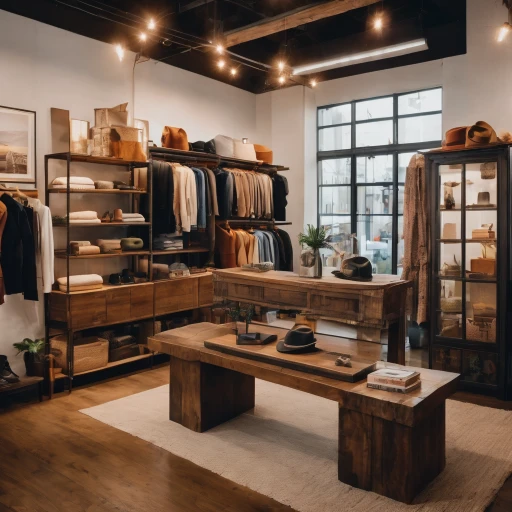
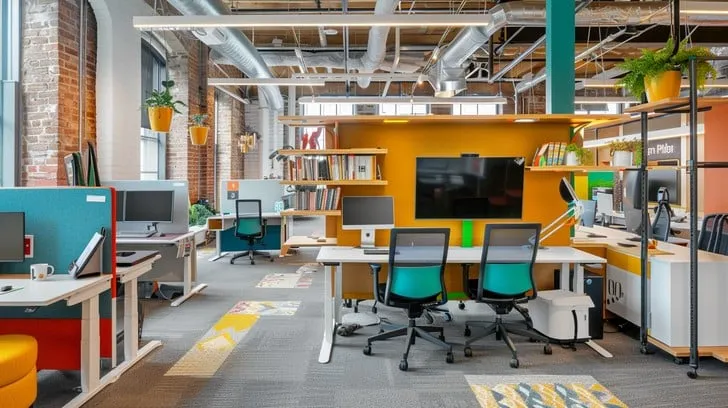
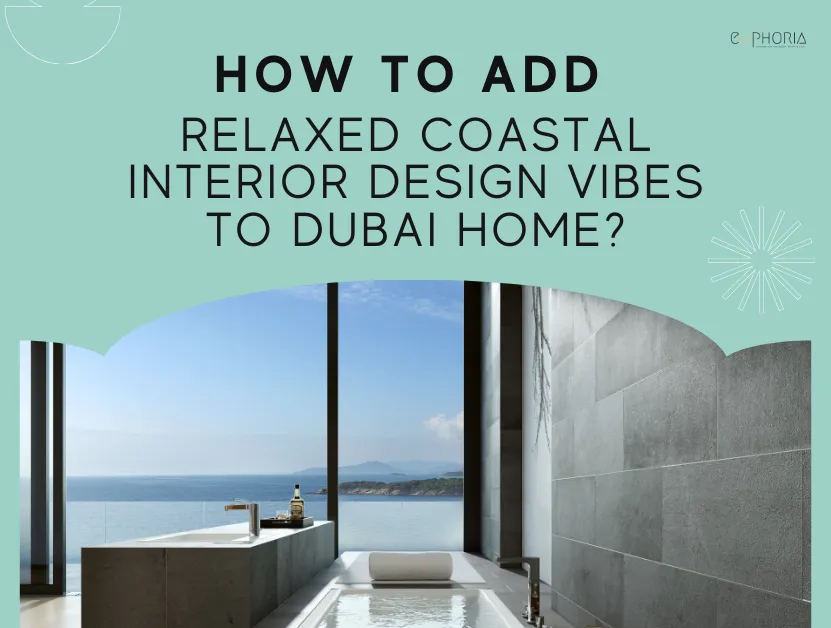
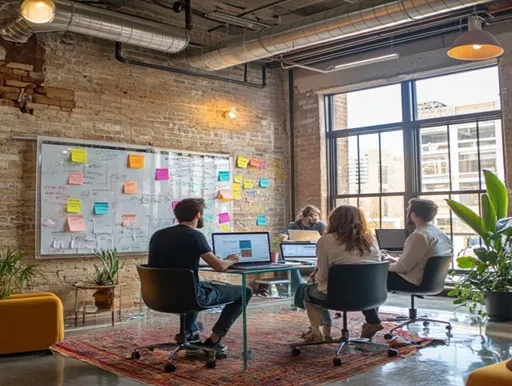
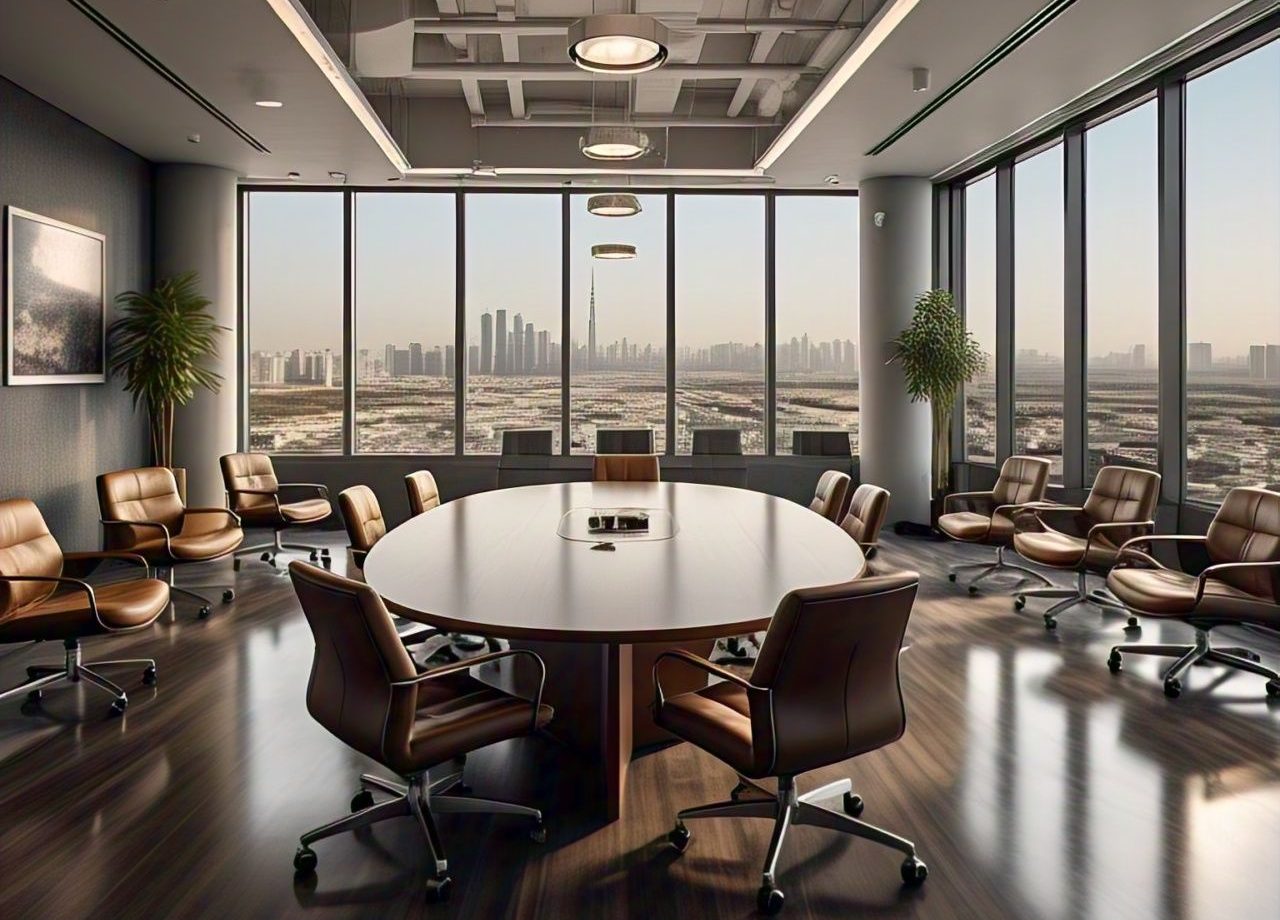
One thought on “Top 11 Retail Interior Design Trends Shaping Dubai Stores in 2025”